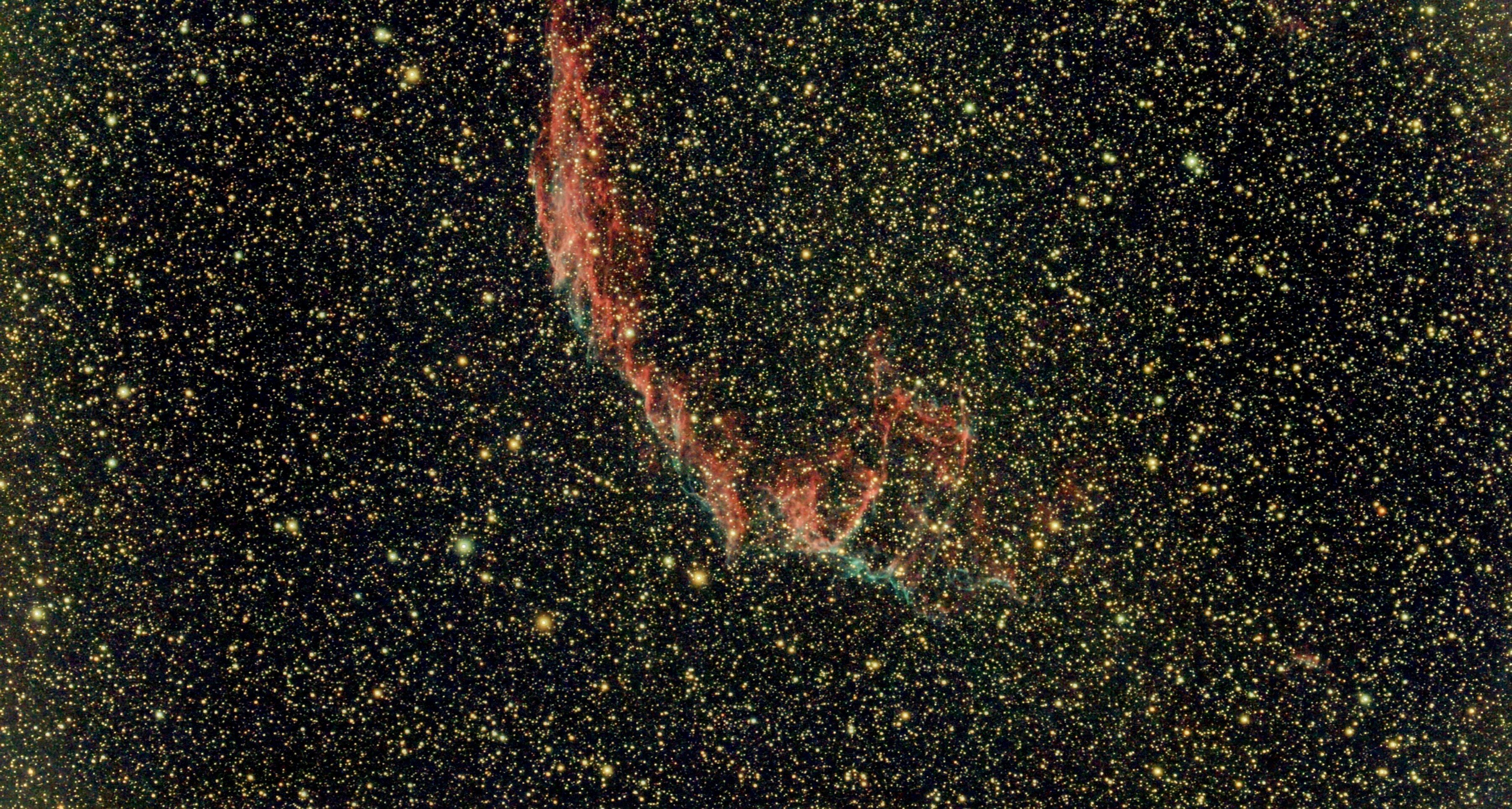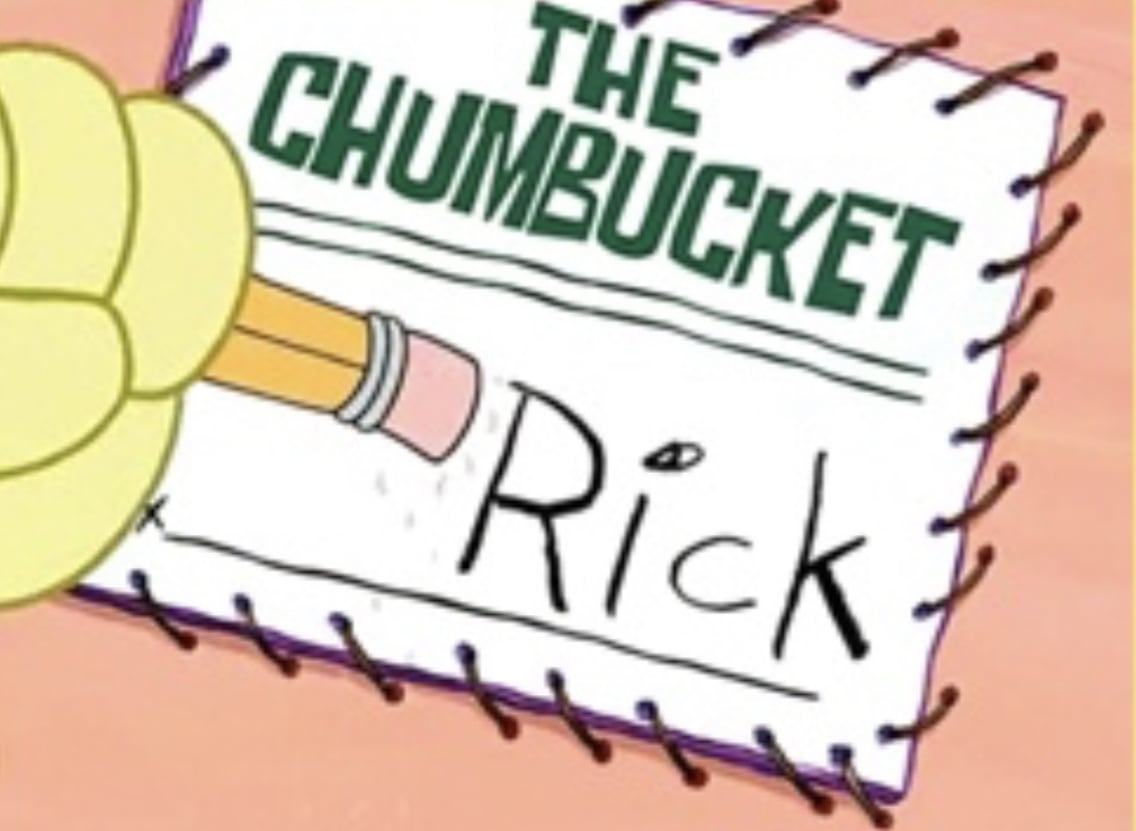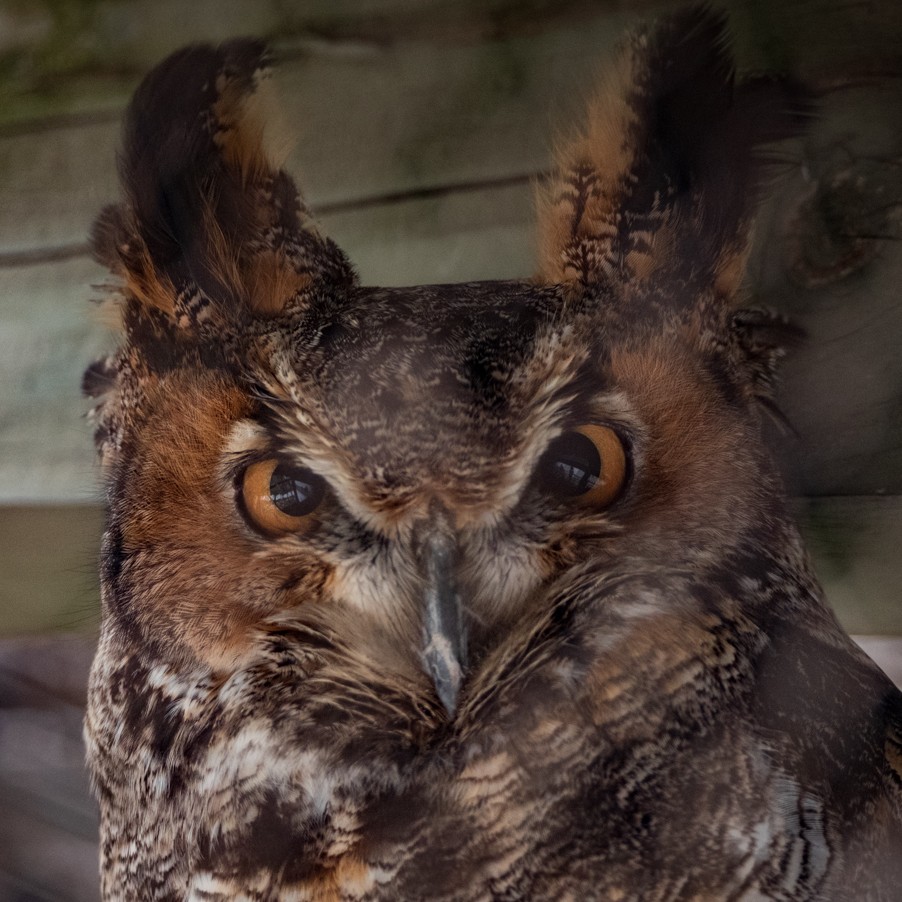The new rules went into effect in 2007.
However, some conservative and Republican lawmakers denounced them for interfering with consumer choice and placing undue burdens on businesses. Under former President Donald Trump, the Energy Department scrapped them in 2019.
Conservative in your bed room to inspect your genitals, but your light bulb are out of reach.
Undue burden, fucking lol. How dare the government force businesses to save money and maintenance time!
I will say that incandescents still have a specific use case in entertainment. Newer fixtures are LEDs, but stage/film is largely comprised of community theaters and indie projects that can’t afford to pay $500 per light to upgrade to LED. Because a lot of fixtures need to be completely replaced, instead of simply swapping out an incandescent lamp for an LED.
Basically, LED’s fucking suck at dimming. They’ve gotten much better in recent years, but they’re nowhere near incandescents. If you need a slow gradual dim over two or three minutes for a stage effect (like the sun setting during a play) incandescents can do that easily. The dimmers will have distinct “steps” (because they’re digitally controlled, and are 8 bit, so they only have 256 “levels”), but the thermal inertia in the lamp’s filament will smooth out those distinct steps. For example, going from 246 to 245 isn’t immediately noticeable, because the filament just slowly cools and dims as the voltage drops slightly. It naturally smooths out the dim curve. But LEDs don’t do that. When you drop from 246 to 245, you get a distinct “jump” when the light immediately shifts from one intensity to the next. Even small steps are immediately noticeable, because there isn’t any thermal inertia to smooth out that dim.
So we don’t use LEDs on voltage dimmers. Instead, we dim them electronically. This comes with its own set of problems though. For starters, it means you’re installing an entire control unit, instead of simply replacing the lamp. This is a retrofit part that attaches onto your fixture and replaces the standard lamp socket. (For reference, the right image is the standard lamp housing, and the left is the LED retrofit.) But if your fixtures are super old, (as is common with lots of churches and community theaters,) they probably aren’t going to fit the LED units that are on the market because lighting fixtures aren’t universal. So now you need to replace the entire fixture, instead of installing a retrofit. And that’s obviously even more expensive, because now you’re buying entire fixtures. And when even smaller theaters will have 50 or 60 lights, that $500 retrofit quickly begins to add up. Especially when you consider that the vast majority of theaters are non-profit, and will need to fundraise to buy them. So you suddenly have a bunch of small non-profits and churches looking at mid-five figure bills just to keep their lights on. Larger spaces are looking at bills closer to six figures.
Next, there’s the issue with color. LEDs have historically been really bad at something called CRI. That’s basically a measure of how well you’re able to distinguish individual colors in the light. Incandescents emit photons at everything in the visible spectrum, so they actually have really great CRI. They tend to bias towards warmer colors, but cool colors are still acceptable. But anyone who has used early LEDs knows how “washed out” they can make things look. This is because LEDs have historically been hilariously awful at CRI. They’re usually monochromatic, meaning they only emit light in a very narrow bandwidth. So everything outside of that narrow bandwidth gets lost. Even the “white” LEDs have historically just been a combination of several monochromatic emitters. So you can see things that are red, green, or blue, but anything else in between looks faded. Or it’s a “full spectrum” emitter that has major dips in certain spots. This is obviously horrible for something like film, where actors and directors tend to complain when your lights make them look sickly and pale in every shot.
It also complicates the setup slightly, because now every single fixture needs both a power and a data cable, when previously they only needed power. Lights are controlled via a protocol called DMX, and previously you could simply run DMX to your dimmers to control everything. But now each individual light needs DMX. Not a huge issue for permanent installs, but for a tour that is setting up and taking down their lighting rig multiple times per week, this extra labor time to set up and run data quickly begins to add up. And as someone who has had to troubleshoot plenty of systems, every single fixture is now a potential point of failure for your lighting rig.
New builds should absolutely be planning on using LEDs going forwards, and they have already been working on that. Pretty much every theater or church built within the last 5 years has LEDs. But before that, the dimming/color issues with LEDs made them untenable for use on stage. So anything older than that still has incandescents. And the ban has actually caused a run on supplies, with theaters/churches/film studios/etc scrambling to stockpile incandescent lamps while they’re still available, just to postpone the inevitable $30k-$90k bill to upgrade to LEDs. And ironically enough, the entertainment lamps have historically had a carve-out exception to the law. But lawmakers have repeatedly threatened to close that loophole. So every time it makes the headlines again, there’s another mad rush for lamps as every single theater, church, and film lot scrambles to refresh their stockpile.
Some good points. Indulge my rambling a bit. I did a little work in the nightclub biz, remember DMX, the lighting protocol not the rapper; used to love changing the patterns, especially like the slow, down-facing strobes, made everyone look like an old cartoon.
In an equitable, cultured society, theater and stage arts get all money needed. In America I think many theaters sit empty six days a week, and I hate to see it, but nice things cost money and if the money isn’t there…
Hard agree that new installs should use LEDs.
In America I think many theaters sit empty six days a week,
You’d be surprised. I work in a mid-sized theater. We had nearly a thousand rentals last year, and most of them weren’t open to the general public as ticketed events. We have three main rental spaces, so that comes out to roughly one rental per day, though there are obviously some days we’re empty and some days we’re at full capacity. But my point is that you’d only really be aware of the publicly ticketed events, because those are the only ones you’d have access to. Theater spaces are popular for all kinds of events, not just plays and concerts. There are a lot of corporate events that happen throughout the week, for example. But you wouldn’t notice those, because they’ll tend to happen while you’re also at work and they’re not announced anywhere because they’re private events. Those big corporate events where the sales team wants to circlejerk about hitting their quarterly targets in front of a big PowerPoint presentation? Those need a rental space that is equipped to handle them. We just had a recording session in our main hall, at noon on a Thursday. There are weddings, banquets, parties, luncheons, classes, etc that all need space to host their events.
they aren’t “Conservative”, they’re just cowardly bullies and ignorant fucking trolls… they don’t deserve any fancy names…
you have to actually understand governance and be good at it to consider yourself Conservative… these people are morons and ignorant fascists, who destroy everything and steal whatever isn’t nailed down…
Funny to see that this was pushed under the Bush administration.
While opposed by many conservatives, the Bill was signed into law by conservative ( GW Bush). Go figure . Also Intresting to me is the members of the Senate that didn’t vote on the bill: Biden, Clinton, Dodd, Hagel, McCain, Obama .
This is about Department of Energy rulemaking, a regulation, not a statute.
I am going to assume that you are not American, so you are ignorant about how our laws work. The DOE is enforcing parts of the Energy Policy and Conservation Act that were amended by the Energy Independence and Security Act of 2007, which I mentioned in my previous reply.
You can read the bill here: https://www.congress.gov/bill/110th-congress/house-bill/6/text . Including this:
Amends EPCA to prescribe energy efficiency standards for general service incandescent lamps, rough service lamps, and other designated lamps.
So yes, the DOE is making rules but it can’t makes rules in a vacuum. It is directed to do so by the bills signed into law by the President of the United States (or in some cases just by Congress if a veto is overridden). In 2019, the Trump administration’s DOE blocked the rule that was going to be implemented. In 2023 the Biden administration’s DOE enforced the rule. None of this could happen without congress.
I’m an American attorney and focus on administrative law.
With a lot of notable exceptions
Surprisingly, there is a whole slew of exempt special-purpose bulbs that will continue to be manufactured, according to the Energy Department. Here’s what manufacturers can still build and stores can continue selling:
Appliance lamps, including fridge and oven lights
Black lights
Bug lamps
Colored lamps
Infrared lamps
Left-handed thread lamps
Plant lights
Floodlights
Reflector lamps
Showcase lamps
Traffic signals
Some other specialty lights, including marine lamps and some odd-sized bulbsWeird, even in my small town all of the traffic signals are LED and have been for a while.
They got a bad rap up here in the North where we get snow. Blowing snow would often coat the lenses of traffic signals. Incandescents generated enough heat to just melt the snow, but LED replacement lamps would not and people could no longer see some of the signals. They now have thermostat-controlled heaters to solve the problem, but it made many cities gunshy.
Technology Connections has a whole video on the danger of, “but sometimes” pertaining to those lights. It’s a great watch if you’re interested
+1 for that channel.
I also live somewhere with a lot of snow and cold winters and yeah, the first ones that went in had issues with snow but now they all have heaters built in. That’s why I really don’t see the point of incandescent street lights now days.
People that write specs for government are quite conservative (not politically, necessarily, but more slow to change). That and the early issues with them is plenty to keep some cities specifying incandescent bulbs.
The only time I’ve seen that happen is when they used the full-circle hoods. Almost every one I’ve seen has a cutout at the bottom to prevent snow from accumulating.
They probably have heaters too though. I am not a traffic signal engineer.
Snow gets sticky. It will stick. It has been a problem, but easily fixed with heaters.
deleted by creator
deleted by creator
Judging by the exemption list, the ban is basically just for regular household lightbulbs. Headlights are halogens, not incandescent, and the rest are speciality bulbs - though if it’s legal, swapping all of those to LEDs is a pretty good upgrade.
deleted by creator
Stock up for what? Even if they were banned, there would be LED replacements available, I’m sure. Usually parts like that have enough compatibility between models to make it worth a production run.
deleted by creator
deleted by creator
Headlight and taillights would have to be exempt.
Unreal, I can’t even remember the last time I saw an incandescent bulb…
Better late than never I guess!
I moved into my condo in 2010. The bathroom includes a vanity mirror with 6 incandescent bulbs over it. I only have 3 on at any given time since all 6 on at the same time is annoyingly bright. I want to replace them but it seems wasteful to chuck them in the garbage when they still work.
It’s a milligram of tungsten and a few grams of glass and steel.
On the other hand they’re only on a few minutes a day. Not really something to be concerned about either way.
I still don’t see why they didn’t just put heavy taxes on them instead of an outright ban. Outright bans just get people to go around the ban.
If you actually read past the headline, you’ll see they aren’t outright banned.
You’re correct. The article makes it very clear there are multiple exceptions. I guarantee not a single republican out there is only using incandescent bulbs in their homes. Obviously they’re virtue signaling for their base. Companies for a while have been making to switch to LED and they’re much cheaper than they used to be. This is where the free market really has prevailed. Most people don’t mind paying extra if it means they don’t have to change out a light bulb as often.
Go around them how? It’s not like people can grow incandescent light bulbs in their back yard.
deleted by creator
That makes sense, but at that point the price per bulb is probably going to be higher than LED bulbs, so they’d just be paying more money just to be a contrarian. The ban is fine in this case, since a better alternative is readily available, even if it is a little bit more expensive.
deleted by creator
deleted by creator
Looks in the refrigerator. Look an incandescent bulb! Oven? Incandescent! Flashlight? Incandescent! Bathroom? Incandescent (halogen). Old lamp new bulb? High efficiency incandescent! Oh and then there are all of the exemptions to the higher (not high) efficiency standards like the one for bulbs with a left handed thread.
Incandescent lights were never banned, the efficiency standards were raised for a set of commonly used household lights and that was it.











